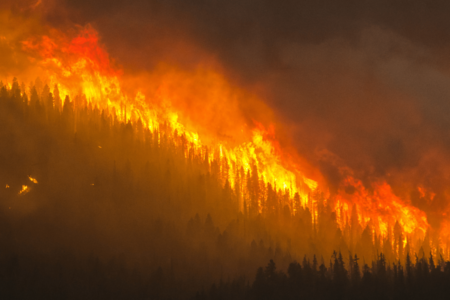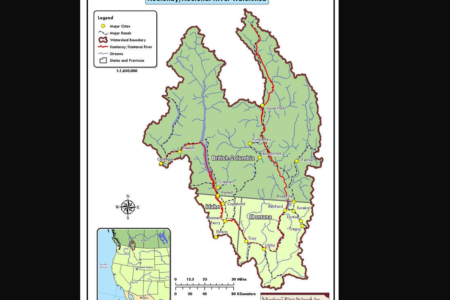The impact of a meteorite storm
Meteorites have been hitting the Earth since the beginning of time.
Yet much is not known of what happens when they hit.
Seeking to better understand the level of death and destruction that would result from a large meteorite striking the Earth, Princeton University researchers have developed a new model that can not only more accurately simulate the seismic fallout of such an impact, but also help reveal new information about the surface and interior of planets based on past collisions.
Millions of meteors occur in the Earth’s atmosphere every day.
Most meteoroids that cause meteors are about the size of a pebble. They become visible between about 40 and 75 miles above the Earth. They disintegrate at altitudes of 30 to 60 miles.
Meteors have roughly a fifty percent chance of a daylight (or near daylight) collision with the Earth. Most meteors are, however, observed at night as low light conditions allow fainter meteors to be observed.
The really big ones are the ones that are most fascinating such as the one that may have ended the dinosaurs.
Princeton researchers created the first model to take into account Earth’s elliptical shape, surface features and ocean depths in simulations of how seismic waves generated by a meteorite collision would spread across and within the planet. The researchers report in the October issue of Geophysical Journal International.
The article continues:
- http://www.enn.com/enn_original_news/article/43475?utm_source=feedburner&utm_medium=feed&utm_campaign=Feed%3A+EnvironmentalNewsNetwork+%28Environmental+News+Network%29
























